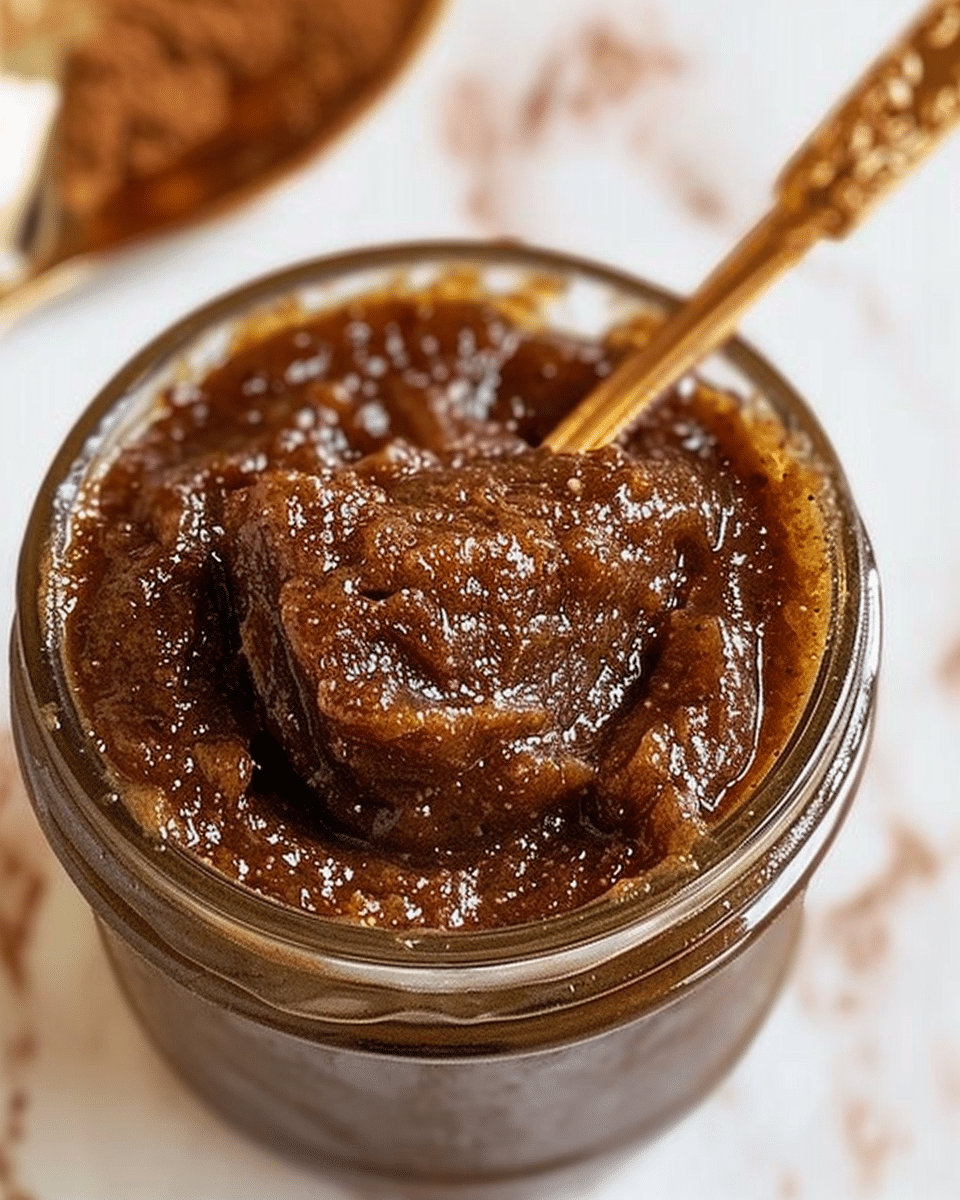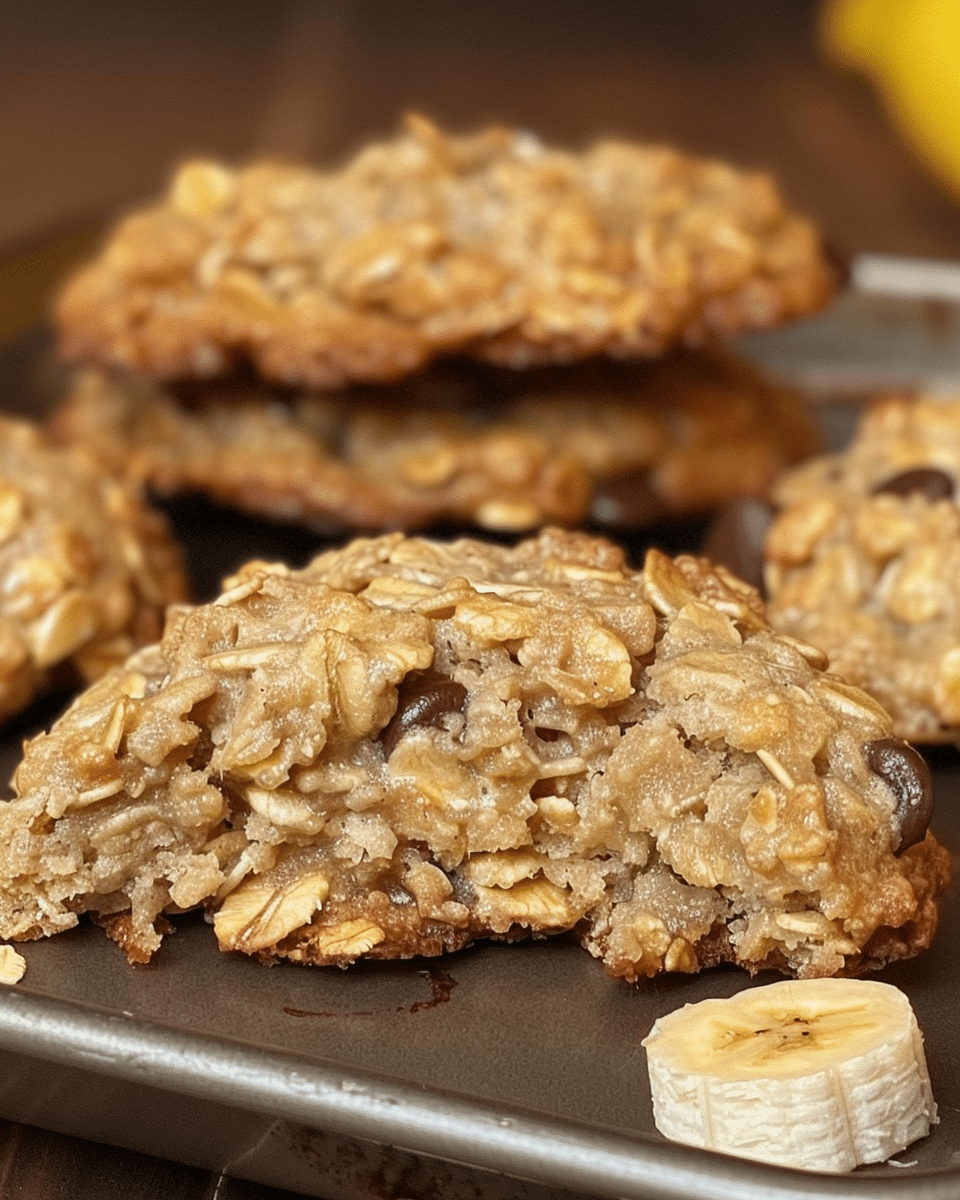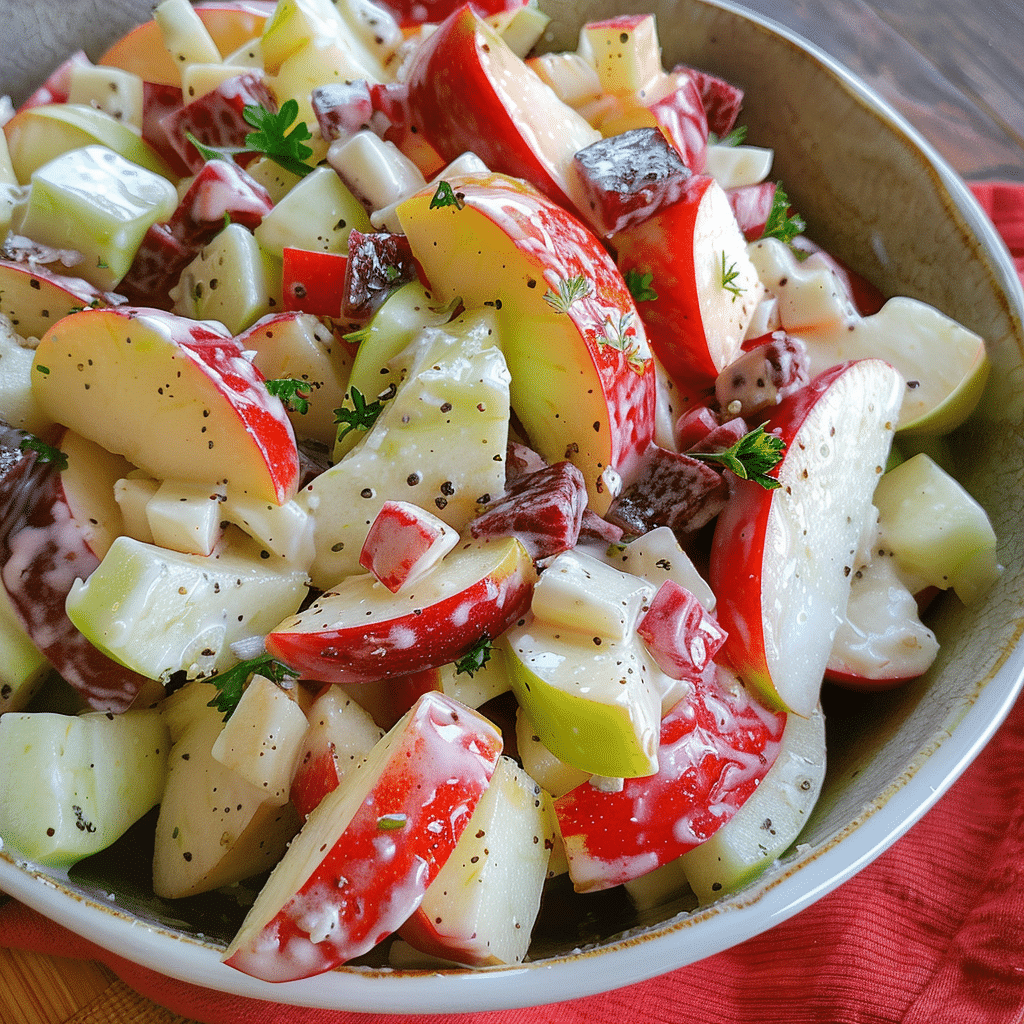Selecting the ideal cake size can be a delightful yet challenging task when you’re planning an event for 50 people. Whether it’s a wedding, birthday party, or any other special occasion, getting the cake size just right ensures that everyone leaves with a sweet memory. In this guide, we’ll provide expert insights and practical tips to help you make the perfect cake choice for your gathering of 50. Let’s dive in and discover how to satisfy every sweet tooth while keeping your celebration delightful and delectable.
The Cake Dilemma: Finding the Perfect Size
Cakes have been the centerpiece of many celebrations. From birthdays to anniversaries, they add sweetness to every occasion. But, selecting the correct size? That’s where the challenge lies. The importance of Choosing the Right Cake Size can’t be stressed enough. A cake too small might leave some guests wanting, while one too large can lead to wastage. Complicating the scenario are Misconceptions About Cake Sizes. Some believe a certain diameter serves more, while others swear by the number of tiers. Here’s a guide to help you navigate this delicious decision.
1. Know Your Audience
Before anything else, you must gauge your audience’s appetite. Remember, not everyone is a cake lover (shocking, but true!). It’s also worth noting dietary restrictions or preferences.
2. Standard Serving Sizes
As a basic rule of thumb, cakes are usually sliced into:
- Wedding slices: These are smaller, usually about 1″ x 2″.
- Party slices: A tad bigger, around 1.5″ x 2″.
So, for a 9-inch round cake that’s about 4 inches tall, you could get:
- About 32 wedding slices.
- Roughly 20 party slices.
3. Consider Other Desserts
If you’re offering a dessert buffet or additional sweet options alongside your cake, you can opt for a smaller cake since not everyone might want a slice.
4. The Visual Impact
For significant events like weddings or milestone birthdays, sometimes the visual impact of a large, beautifully decorated cake is more important than the actual number of servings. In this case, consider ordering a multi-tiered cake where one or more layers are “dummy” layers, made of styrofoam and decorated to match the real cake.
5. Leftovers
If you’re someone who loves cake leftovers (and who doesn’t?), you might want to factor this in. However, remember that while cake can be delicious for a few days post-event, it won’t remain fresh indefinitely. If you’re considering freezing leftovers, some cakes handle this better than others.
6. Safety Buffer
It’s always a good idea to have a little extra. Consider adding a 10% buffer to your calculated cake size to ensure everyone gets a piece and to account for any mishaps in cutting or serving.
7. Consult with Your Baker
Your baker will have invaluable experience. They can provide insights about portions, the type of cake you’re considering (some cakes might be richer and require smaller slices), and any seasonal considerations.
8. Budget
Lastly, but crucially, remember to keep your budget in mind. While it’s tempting to order a massive, intricate cake, it’s essential to find a balance between the perfect size and what you can afford.
Summary
Finding the perfect cake size isn’t as daunting as it might seem. With a little planning, some basic math, and considerations about your event’s unique needs, you can ensure everyone leaves with a sweet memory. Whatever size you choose, the most important thing is to enjoy the moment and the delicious treat you’ve selected. Happy celebrating! 📖
Factors to Consider When Selecting a Cake Size
Before diving into the “What size cake for 50 people?” question, it’s essential to factor in a few considerations. The Number of Guests is the most obvious. But, remember to account for those extra sweet-toothed friends who might want a second helping. Serving Size Preferences differ; some prefer thin slices, while others lean towards thicker portions. Also, consider The Occasion. A wedding might require a grander cake than a casual gathering. And don’t forget Dietary Restrictions. It’s always good to be inclusive! When selecting a cake size, there are several factors to consider. Here’s a comprehensive list:
Number of Guests:
The most fundamental factor is the number of people you are serving. Different sizes of cakes will serve different numbers of people.
Purpose of the Event:
For weddings, you might opt for a larger, multi-tiered cake even if the number of guests is small. For casual gatherings, a single-tier might suffice.
Serving Size:
Depending on the event, you may want to provide a full dessert-sized slice or a smaller, sample-sized portion. For instance, weddings and formal dinners might have larger slices, while a tasting event or a party with multiple desserts might feature smaller slices.
Budget:
Larger cakes or cakes with intricate designs and decorations generally cost more. It’s essential to factor in how much you are willing or able to spend.
Type of Cake:
Some cake types or flavors might be denser or richer than others, meaning smaller slices might be appropriate. For example, a rich chocolate mud cake might be served in smaller portions than a light sponge cake.
Leftovers:
Consider if you’d like to have leftover cake. Some people order slightly larger cakes than necessary because they enjoy having leftovers, while others prefer to order just enough to minimize waste.
Other Desserts:
If the cake isn’t the only dessert at your event, you can generally opt for a smaller size because guests will be sampling other sweets.
Cake Design and Decoration:
Some cake designs might require a minimum size to look proportionate or to achieve a specific look. Intricate designs, edible prints, or sculptures might need more surface area or cake tiers.
Storage and Transportation:
Consider the size of your refrigerator or where you’ll be storing the cake before the event. Also, think about transportation – larger cakes might require special handling or vehicles.
Venue Restrictions:
Some venues might have restrictions or recommendations on cake size, especially if they’re handling the cake cutting and serving.
Cake Stand and Display:
If you’re using a particular cake stand or display, ensure the cake size you select fits well on it.
Tradition or Custom:
In some cultures or traditions, cake sizes, shapes, or tiers have specific meanings. For instance, multi-tiered cakes are standard in many Western weddings.
Personal Preference:
Ultimately, the size and style of the cake should reflect your personal preference. If you have always dreamed of a grand five-tiered cake for your 50 guests, go for it!
When in doubt, it’s always a good idea to consult with your baker or cake designer. They can provide guidance based on their experience and your specific needs.
What Size Cake for 50 People?
So, you have 50 guests. But what size should the cake be? For Round Cakes, a diameter of 16 to 18 inches should suffice. If you’re considering Sheet Cakes, a full sheet measuring around 18×24 inches will be ideal. But if you’re going for grandeur, Tiered Cakes with multiple layers can not only serve all your guests but also be a visual delight. When determining the size of a cake for 50 people, there are a few factors to consider:
- Type of Event: Are you serving the cake at a wedding where there might be multiple desserts, or is it the primary dessert at a birthday party?
- Serving Size: Do you want a small, standard, or generous slice for each guest?
Given that, here are some general guidelines for a sheet cake and a round tiered cake:
Sheet Cakes:
- Quarter sheet (9″ x 13″): Typically serves 20-24 people.
- Half sheet (11″ x 15″): Typically serves 30-40 people.
- Full sheet (18″ x 26″): Typically serves 70-100 people.
To serve 50 people, you might consider getting a half sheet and augmenting with a smaller cake or cupcakes, or ordering a larger size and having leftovers.
Round Tiered Cakes:
- Two-tiered cake:
- 8″ round (serves 20-24 people)
- 10″ round (serves 28-38 people)
Together, these can serve around 48-62 people.
- Three-tiered cake:
- 6″ round (serves 12-16 people)
- 8″ round (serves 20-24 people)
- 10″ round (serves 28-38 people)
Together, these can serve around 60-78 people.
For 50 people, a two-tiered 8″ and 10″ cake should suffice. Alternatively, if you want to ensure ample servings or expect larger portions, the three-tiered option might be better.
Always check with your baker as they might have their serving chart and can guide you based on the specific design and structure of the cake. Remember that decorative elements, fillings, and frosting types can also influence the final serving amounts.
Related Posts:
How Cake Sizes are Generally Measured
It’s crucial to understand how cake sizes are determined to make an informed decision. By Diameter is the most common for round cakes, with the size indicating the cake’s width. By Square Inches typically denotes sheet cakes, considering both their length and width. And for those fabulous multi-layered creations, it’s By Number of Layers.. Here’s a general breakdown of how cake sizes are usually measured:
Round Cakes:
- 6-inch: Serves 6-8 people. This size is popular for smaller gatherings or for making a tier in multi-layered cakes.
- 8-inch: Serves 10-14 people. This is a standard size for birthday cakes and other celebrations.
- 9-inch: Serves 16-20 people. Another common size for larger groups.
- 10-inch: Serves 20-25 people.
- 12-inch: Serves 25-35 people. Often used for wedding cakes or big celebrations.
Note: The number of servings can vary based on the height of the cake and the size of the slices.
Square or Rectangular Cakes:
- 8 x 8 inches: Serves 9-16 people, depending on slice size. This is often seen with brownies and simple cakes.
- 9 x 13 inches: Serves 20-24 people. This is a standard size for sheet cakes or family-sized cakes.
- 11 x 15 inches: Serves 30-40 people. Commonly referred to as a “quarter sheet” cake.
- 12 x 18 inches: Serves 40-50 people. This is a “half sheet” cake size.
- 18 x 24 inches: Serves 80-100 people. This is a “full sheet” cake size.
Again, the actual number of servings can vary based on slice size and the height of the cake.
Sheet Cakes:
When people refer to “sheet cakes,” they’re typically talking about larger rectangular cakes. As mentioned above, these are often categorized into quarter, half, and full sheet cakes.
Tiered Cakes:
For weddings or significant events, cakes might be tiered. The sizes listed above can be combined in various ways. For instance, a wedding cake might have a 12-inch base, a 9-inch middle tier, and a 6-inch top tier.
Additional Notes:
- Height: The height of the cake can also influence the number of servings. Taller cakes may provide more servings than shorter ones if layers are sliced accordingly.
- Slice Size: The dimensions given above are just general guidelines. If you cut larger slices, you’ll have fewer servings, and vice versa.
- Shape Variations: Besides round and rectangular cakes, there are other shapes like heart, oval, hexagonal, etc. The serving count for these might vary based on their specific dimensions and how they’re sliced.
Remember, these are general guidelines, and the actual number of servings can vary depending on various factors. When in doubt, it’s always a good idea to ask the baker or refer to a cake serving chart.
Alternative Dessert Ideas for Large Gatherings
Large gatherings often call for desserts that are easy to serve and can accommodate a variety of tastes. Here are some alternative dessert ideas perfect for your event:
Sheet Cakes or Slab Pies:
Instead of a traditional round cake or pie, opt for a large rectangular version. It’s easier to slice and serve to a large group.
Dessert Bars:
Brownies, lemon bars, cheesecake bars, and other layered bars are great because they can be cut into bite-sized pieces.
Trifle:
Layers of cake, fruit, custard, and whipped cream. It’s both beautiful and delicious, and can serve a lot of people.
Dessert Kabobs:
Skewer pieces of fruit, brownie bites, marshmallows, and even pieces of cake. Drizzle with chocolate or caramel for added flavor.
Rice Krispie Treats:
A childhood favorite that’s easily scalable. Add-ins like chocolate chips, dried fruit, or nuts can give them a gourmet touch.
Fruit Salad with a Twist:
Mix in-season fruits with a sprinkle of cinnamon or a splash of orange or rose water. Serve with a side of whipped cream or yogurt.
Chocolate Fountain:
Surround with marshmallows, pretzels, strawberries, and other dippable treats.
Mousse Cups:
Serve individual cups of chocolate, raspberry, or lemon mousse.
Parfait Station:
Offer a variety of yogurt, granola, fruit, and toppings and let guests build their own parfaits.
Gelatin Desserts:
Layered or with embedded fruits, these can be made in advance and are easy to serve.
Mini Desserts:
Mini cupcakes, mini tarts, mini cheesecakes. People love mini versions of their favorite desserts.
Cookie Buffet:
Offer a variety of cookies and maybe even a milk station with flavors like chocolate, almond, and regular milk.
Ice Cream Sundae Bar:
It has several flavors of ice cream and a variety of toppings. Make sure to keep the ice cream chilled!
Tiramisu:
A classic Italian dessert that can be made in a large dish and is rich and satisfying.
Popsicles or Ice Pops:
Especially great for outdoor summer gatherings. Consider sophisticated flavors like raspberry-lime or peach-thyme.
Bread Pudding:
A comforting dessert that can be made in large quantities. Drizzle with caramel or a berry compote.
Churros or Doughnut Holes:
Served with a variety of dipping sauces like chocolate, caramel, or fruit sauces.
Panna Cotta:
This creamy Italian dessert can be made in individual servings and topped with fresh fruit or a sauce.
Homemade Fruit Pies or Galettes:
These rustic, free-form pies can be made large and slice easily.
Crepes Station:
Have a live station where fresh crepes are made, and guests can choose their fillings – from Nutella and bananas to berries and whipped cream.
Remember, presentation is key. Even a simple dessert can feel special with the right serving dishes, garnishes, and setup. Enjoy your gathering!
Expert Tips on Serving Cakes for Large Events
Serving a cake at a big gathering can be a logistical challenge. Pre-cutting the Cake ensures everyone gets a slice without a long wait. Utilize Serving Guides available online to cut the perfect portions. And focus on Displaying for Easy Access, maybe on a revolving stand or a table where guests can help themselves. Here are some expert tips to ensure smooth and impressive cake service:
Plan Ahead:
- Determine the number of guests you’ll be serving. This will help in deciding the size and quantity of cakes you’ll need.
- Always have a little extra in case of unexpected guests or accidents.
Choose the Right Type of Cake:
- Opt for cakes that hold up well over time, especially if there’s a gap between cutting and serving.
- Buttercream-frosted cakes are sturdy and can stand at room temperature, while whipped cream or mousse-filled cakes might need refrigeration.
Multiple Tiers vs. Sheet Cakes:
- For very large events, consider having a smaller tiered cake for the ceremonial cutting and sheet cakes in the back for serving the masses.
- Sheet cakes are easier and faster to cut into uniform pieces.
Stable Setup:
- Ensure your cake table is stable and not wobbly.
- For outdoor events, make sure to have a plan for windy conditions, such as weighted stands or a protective screen.
Cutting the Cake:
- Use a sharp, thin-bladed knife.
- For buttercream cakes, dip the knife in hot water to make cutting smoother. Wipe off excess water before each cut.
- Begin cutting from the outer edge and work your way in for round cakes.
Serve Uniform Sizes:
- Cut the cake into uniform pieces so that every guest gets an equal portion.
- For a round cake, it’s often recommended to cut it in a circle about two inches from the outer edge and then slice this circle into individual servings. Then move inwards and repeat.
Have the Right Serving Tools:
- Invest in a cake server. It’s easier to lift and serve pieces with this tool.
- For very large events, have multiple knives and servers available to speed up the process.
Accompaniments:
- If the cake is the primary dessert, consider serving it with accompaniments like berries, whipped cream, or ice cream.
- Have forks, plates, and napkins readily accessible.
Consider Allergies and Dietary Restrictions:
- It’s always a good idea to have a small selection of gluten-free, dairy-free, or vegan desserts available for those with dietary restrictions.
- Label cakes or have staff informed if there are nuts or other common allergens.
Storage and Preservation:
- If the event is lengthy, keep the cake as cool as possible without freezing it.
- If serving over a long duration, consider having portions brought out in intervals to keep them fresh.
Cleanup:
- Have a plan for leftover cake. Boxes or containers for guests to take home slices can be a nice touch.
- Ensure there are staff or volunteers designated to help with the cleanup of the cake serving area.
Presentation:
- Consider the visual aspect. A beautifully decorated cake can be a centerpiece. Enhance it with decorative cake stands or surrounding décor like flowers or thematic elements.
Pros and Cons of Various Cake Types

Here are some pros and cons of various cake types:
-
Sponge Cake:
- Pros:
- Light and airy texture.
- Absorbs flavors well, making it great for layered cakes with fillings.
- Versatile and can be used for various cake designs.
- Cons:
- Can be dry if overbaked.
- Not as rich or decadent as some other cake types.
- Pros:
-
Chocolate Cake:
- Pros:
- Rich, indulgent flavor loved by many.
- Moist and stays fresh for longer.
- Works well with a wide range of frosting and filling options.
- Cons:
- High in calories and sugar.
- May be too intense for those who don’t like chocolate.
- Pros:
-
Carrot Cake:
- Pros:
- Moist and dense texture.
- Contains vegetables (carrots), adding a hint of healthiness.
- Cream cheese frosting pairs exceptionally well.
- Cons:
- Not suitable for those with carrot allergies.
- Some may find the texture too heavy.
- Pros:
-
Red Velvet Cake:
- Pros:
- Unique red color and subtle cocoa flavor.
- Cream cheese frosting complements it perfectly.
- Moist and velvety texture.
- Cons:
- The red food coloring can be off-putting for some.
- May not have as pronounced a flavor as chocolate.
- Pros:
-
Cheesecake:
- Pros:
- Creamy and rich texture.
- Versatile with various flavor options.
- Doesn’t require frosting.
- Cons:
- High in calories and fat.
- Typically denser than traditional cakes.
- Pros:
-
Fruitcake:
- Pros:
- Filled with candied fruits and nuts for a unique taste.
- Can be aged for enhanced flavor.
- Often associated with holidays and traditions.
- Cons:
- Can be heavy and dense.
- Not everyone enjoys the candied fruit taste.
- Pros:
-
Angel Food Cake:
- Pros:
- Light and fluffy with a sweet, delicate flavor.
- Fat-free, making it a lighter option.
- Ideal for pairing with fresh fruits and whipped cream.
- Cons:
- Lacks the richness of butter-based cakes.
- Can be dry if not prepared correctly.
- Pros:
-
Pound Cake:
- Pros:
- Dense and buttery with a rich flavor.
- Versatile and can be served with various toppings.
- Holds up well for sculpted or decorative cakes.
- Cons:
- High in calories and saturated fat.
- May be too heavy for some tastes.
- Pros:
-
Coffee Cake:
- Pros:
- Perfect for breakfast or brunch.
- Often topped with a crumbly streusel topping.
- Pairs well with coffee or tea.
- Cons:
- Less suitable for formal occasions or desserts.
- Typically not as sweet as other cakes.
- Pros:
-
Cupcakes:
- Pros:
- Portion-controlled and easy to serve.
- Variety of flavors and decorations.
- Ideal for parties and events.
- Cons:
- Smaller size may not satisfy those with big appetites.
- Can be time-consuming to decorate individually.
- Pros:
These are just a few examples of the many cake types available, each with its unique characteristics and appeal. The choice of cake type depends on personal preferences and the occasion.
FAQs
How big is a 2kg cake? A 2kg cake typically measures around 8 inches in diameter.
How big is 1kg cake? A 1kg cake usually has a diameter of approximately 6 inches.
What size cake for 25 people? For 25 people, consider a 10-inch round cake for ample servings.
What size cake for 80 people? To serve 80 people comfortably, opt for a 14-inch round cake or a sheet cake.
Conclusion
In conclusion, selecting the right size cake for 50 people involves considering various factors such as the type of event, serving size preferences, and the type of cake you choose. Here are the key takeaways:
- Know Your Audience: Understand your guests’ preferences and dietary restrictions.
- Standard Serving Sizes: Keep in mind the standard serving sizes for wedding and party slices when determining the size of your cake.
- Consider Other Desserts: If you’re offering additional desserts, you can opt for a smaller cake.
- The Visual Impact: For special occasions, the visual impact of a large, beautifully decorated cake may outweigh the actual number of servings.
- Leftovers: Decide if you want leftover cake, and choose a cake type that handles storage well.
- Safety Buffer: Add a small buffer to your calculated cake size to ensure everyone gets a piece.
- Consult with Your Baker: Your baker can provide valuable insights based on their experience.
- Budget: Balance your desire for a grand cake with your budget constraints.
Ultimately, the perfect cake size for 50 people depends on your specific event and preferences. By considering these factors and consulting with experts, you can ensure a sweet and memorable celebration. Enjoy the moment and the delicious treat you’ve chosen! 📖









